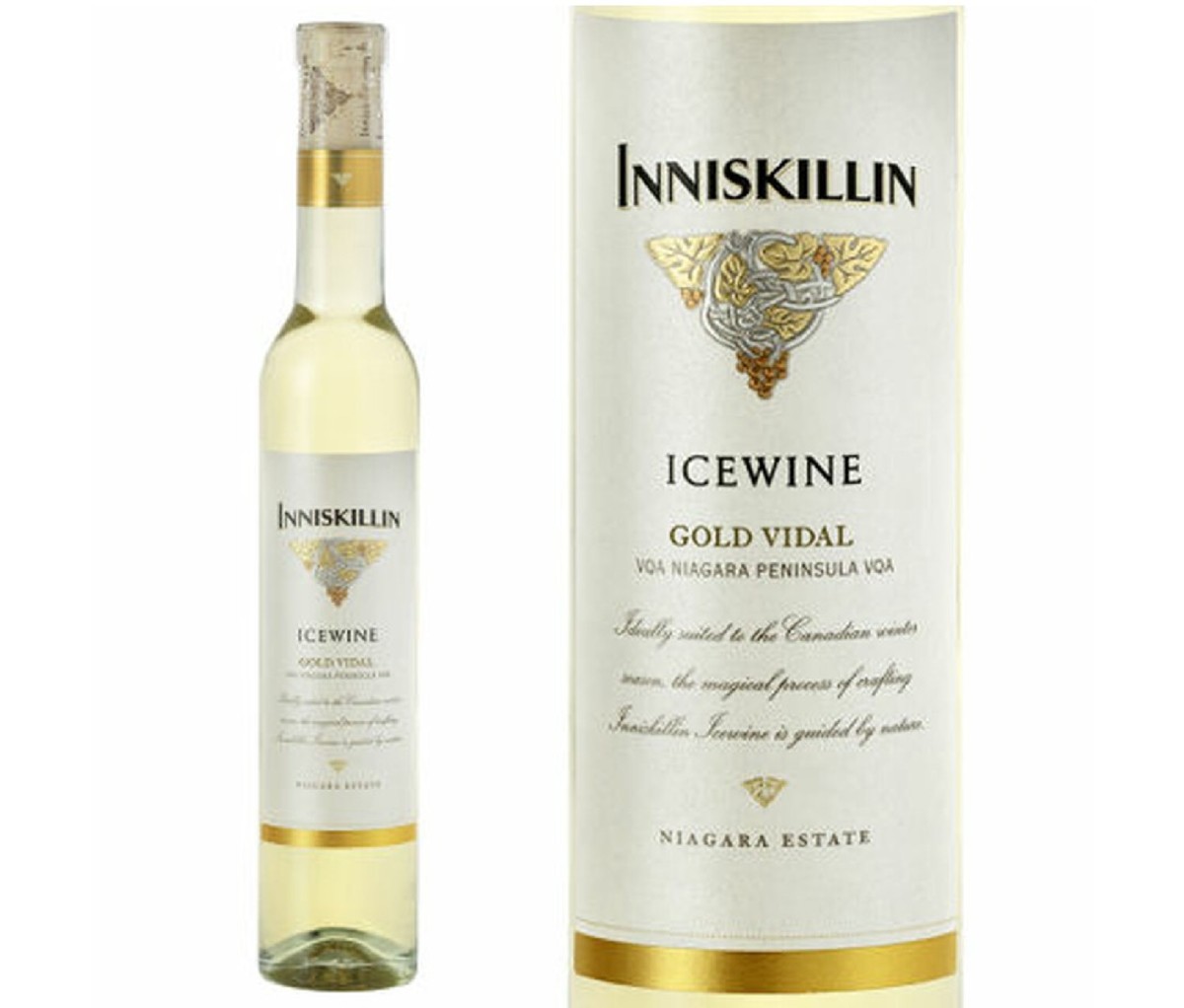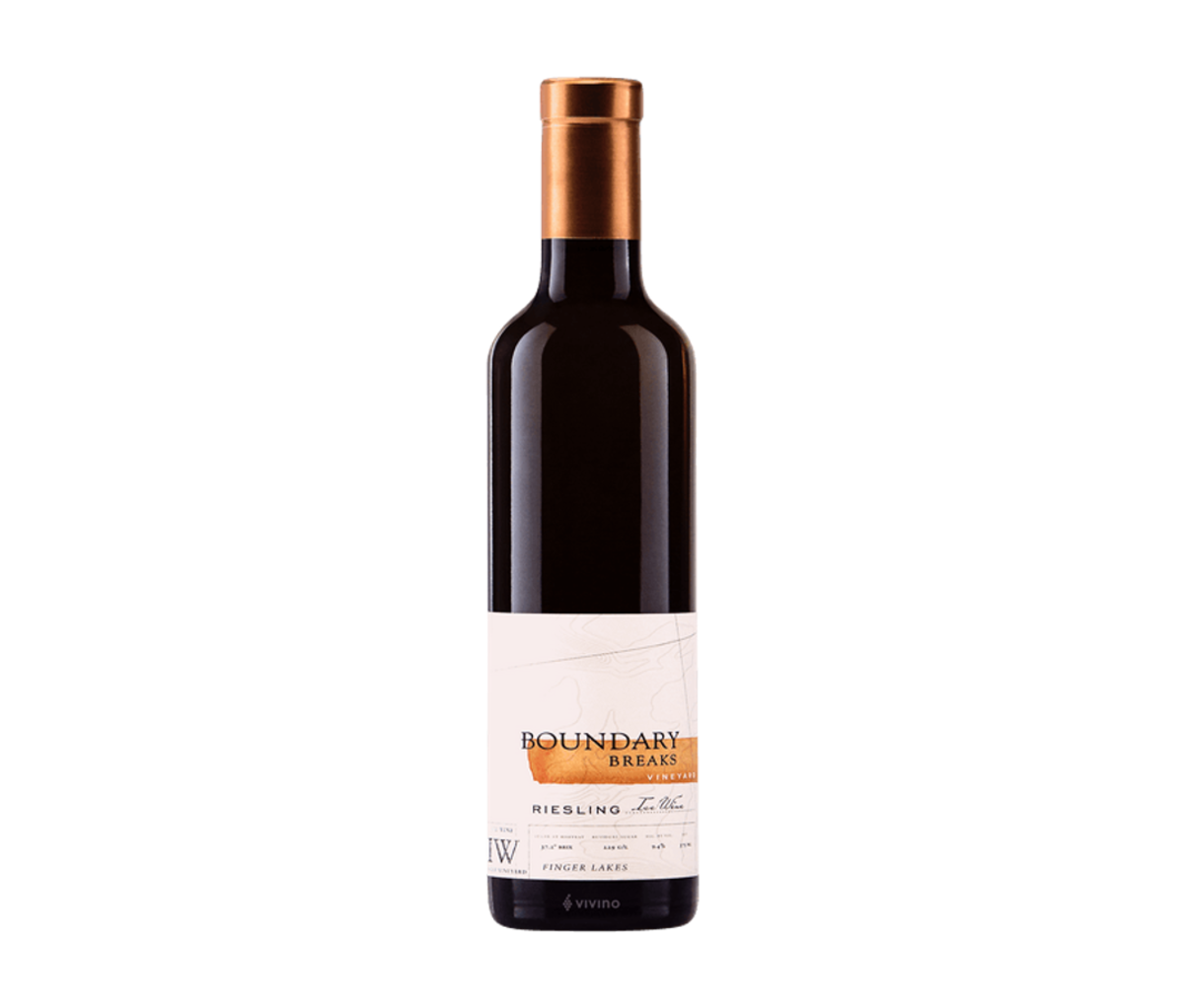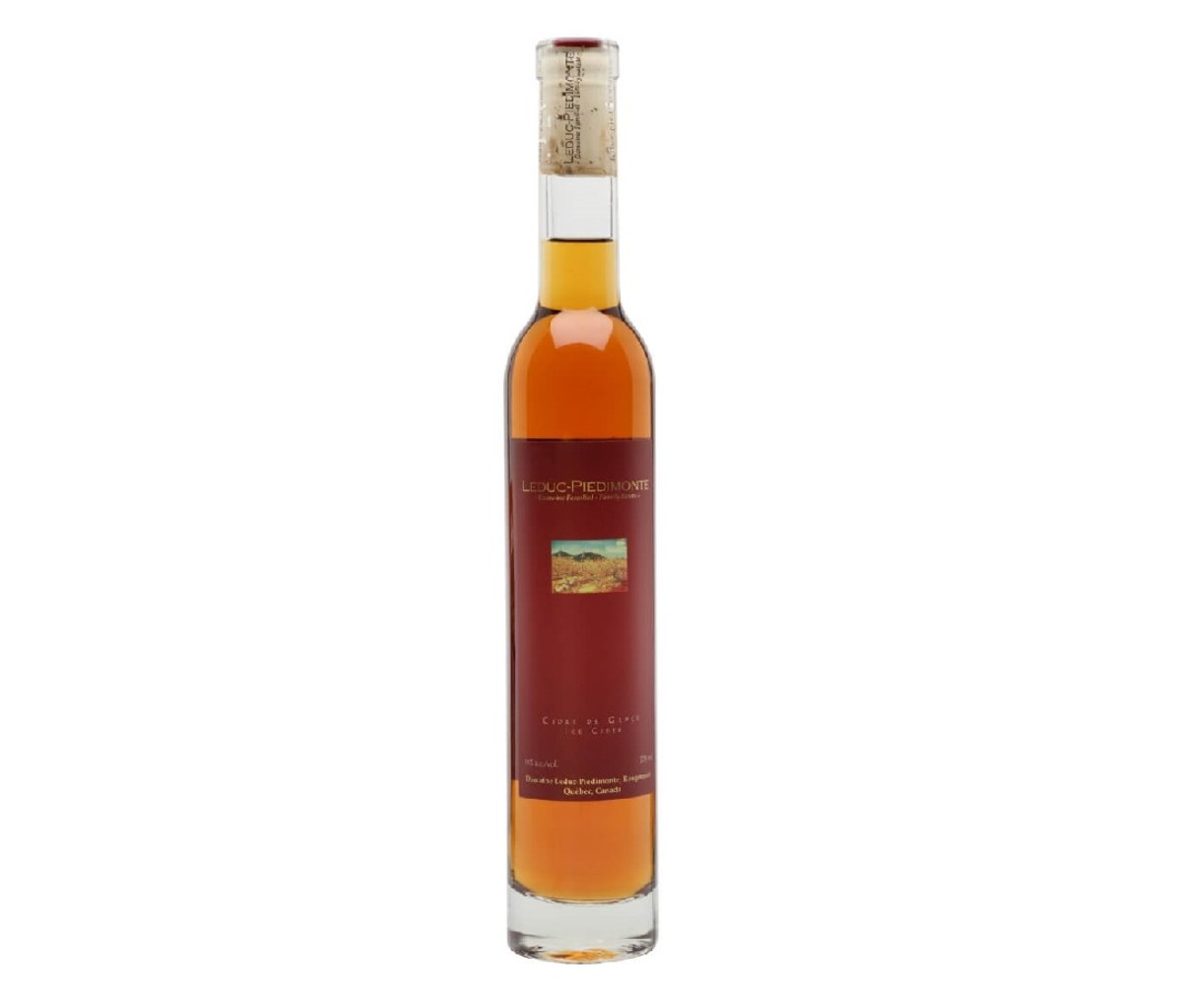[ad_1]
Just hear us out. Even if you don’t love sweet wines, ice wine warrants some attention—or at least a chance. It’s more nuanced than other dessert wines you’ve tried in the past and sommeliers are sweet on it because, they say, the juice is one of Mother Nature’s most beguiling acts. The grapes get extra hang time on the vines and are left to freeze before they’re harvested in the dead of winter. This produces a far more concentrated juice for fermentation, says Gianni Cavicchi, the sommelier of One19 Wine Bar + Food in New York City. The result is a sweet wine, he says, but one that’s balanced with tartness, viscous in texture, and rich.
“Ice wines are a winter miracle,” Cavicchi says. “An ice wine vintage can occur naturally only when the conditions are perfect.” Whether it was a mistake or a crazy idea, he credits the Germans, who in the 1700s harvested grapes in freezing temperatures before dawn. Here’s a quick primer on this worthy winter wine, plus some sommelier-approved bottles to try at home.
How Ice Wine is Made
Making ice wine is a patient process. The grapes are left on the vine and harvested as early as November and as late as February. “When they freeze, the water inside the grape freezes, but the sugars do not,” says Gary Schueller, a wine buyer and founder of advisory practice Subterranean who holds a WSET (Level 3) Advanced Certificate. “So when the winemaker presses the grapes, the sugars are very concentrated,” Schueller explains—and the resulting juice is mighty sweet.
Canada, which is the largest producer of ice wine, even has laws that stipulate the temperature at which the grapes may be harvested and pressed. While the regulations state the temperatures must be as cold as –8 degrees Celsius (or 17.6 degrees Fahrenheit) many wine producers wait for the mercury to drop to –10 Celsius (14 degrees Fahrenheit) or even lower before harvesting and pressing grapes. Because the conditions need to be just right, there’s no promise of a successful harvest each year.
“All the grapes are picked by hand to ensure only the best and most healthy fruit is used and a large labor force is required to pick the whole crop within a few hours while the weather is cold enough,” says Master Sommelier Juan Gomez of The Breakers Palm Beach in Florida.
It requires four to five times the amount of grapes to make a half-bottle of ice wine than it does to make a traditional 750 mL bottle, Gomez adds.
What It Tastes Like
Unlike other sweet wines which are often made by fortification (i.e. adding a brandy) or drying the grapes after they’re harvested, ice wine occurs entirely naturally.
“While ice wine is irrefutably sweet, it offers up a spectrum of flavors from ripe mango and tropical fruits to juicy nectarines, honey, and more,” says Schueller. “Ironically, many of its flavor markers are associated with tropical climates—when the places where ice wine grows are anything but tropical.”
While the style we see most in North America is a still white wine made from Vidal grapes in Ontario, ice wine is actually made in a wide variety of styles (white, rosé, red and sparkling), and from a wide variety of regional grapes, says Mya Brown, wine director at the award-winning Botanist restaurant in Vancouver.
“The most important element in any wine is balance,” Brown says. “And with a sweet wine, that balance comes from acidity. Look for ice wines made with naturally high acid grapes like Riesling to find an ice wine that feels sweet, but not cloyingly so.”
When to Serve Ice Wine
Ice wines are typically enjoyed as an aperitif or as a dessert, and should be served chilled at 54 to 56 degrees. If you’re feeling adventurous, it can also be served as a fantastic cocktail ingredient.
The best accompaniments compliment the delicate notes of the wine: fresh fruit, full-flavored soft cheeses, or blue veined cheese like Stilton, notes Brown. Red ice wines pair brilliantly with chocolate or spiced nuts.
Tips for Buying Ice Wines
As you delve into the world of ice wine, here are some expert-approved tips to help you find the right bottle.
- Ice wines are generally lower in alcohol than other wines, typically starting around 6.5% to 11.5%, says wine educator Ami Gangemella. When you’re shopping for ice wine, you’ll notice the bottles are smaller in volume and often taller and thinner.
- Ice wines are very reliable and dependable and rarely have bad vintages, according to Cavicchi. “If you find one you love, become a member of the winery’s wine club to get the best access,” he recommends.
- White varieties are far more prevalent in ice wine. Vidal and Riesling are perfect places to start and among the most common—but the red varieties are worth seeking out. “You’ll be wowed trying cabernet sauvignon, cabernet franc, and even zweigelt expressions of ice wine,” Schueller says.
- Producing ice wine is a costly endeavor. Because of this, most ice wine is packaged in 375ml “half bottles.” Expect to pay between $50 to $65 or more for a good bottle.
A Few Ice Wines to Try

Inniskillin Vidal Ice Wine Courtesy Image
1. Inniskillin Vidal Ice Wine
This wine comes from an estate in Ontario, Canada that’s widely considered by wine types as the gold standard for ice wine production. “Winemaker Bruce Nicholson is a virtuoso with frozen grapes, coaxing impossibly complex flavor profiles,” says Schueller. It’s extremely generous bouquet of fruits vicariously transports the drinker from tropical mango groves to the orange orchards of Seville. Enjoy it at home with a rich blue cheese and orchard fruits. “It also pair very well with fruit-based desserts like banana pudding or peach cobbler,” Schueller suggests.
[$55; totalwine.com]

2. Boundary Breaks Riesling Ice Wine
From the shores of New York’s Seneca Lake, this earthier, more honeyed expression of ice wine is brimming with pineapple, peach, apricot, and mango notes, Schueller says. It also has a baking spice aspect you might pick up on. “It is an undeniably hedonistic experience but also is a well-balanced wine with racy acidity that keeps the sweetness in check and prevents it from becoming overly cloying,” he says. He recommends pairing it with pineapple cake, creamy cheeses, or rich foods like pate.
[From $51; wine-searcher.com]

Leduc Piedimonte Ice Cider Courtesy Image
3. Leduc Piedimonte Ice Cider
Ice apple wines—or ice ciders from Quebec (often called “Cidre de Glace”)—have very similar characteristics to traditional ice wines and have beaten them out in competitions. “These are definitely worth seeking out too,” Cavicchi says. Using overripe apples, these sweet wines are a great pairing with cheeses or citrus desserts. Taking advantage of Quebec’s frigid temps and abundance of apples, this Leduc Piedimonte Ice Cider has notes of tangerine and orange zest, and is a tad bitter.
[$38; thewhiskeyexchange.com]
For access to exclusive gear videos, celebrity interviews, and more, subscribe on YouTube!
[ad_2]